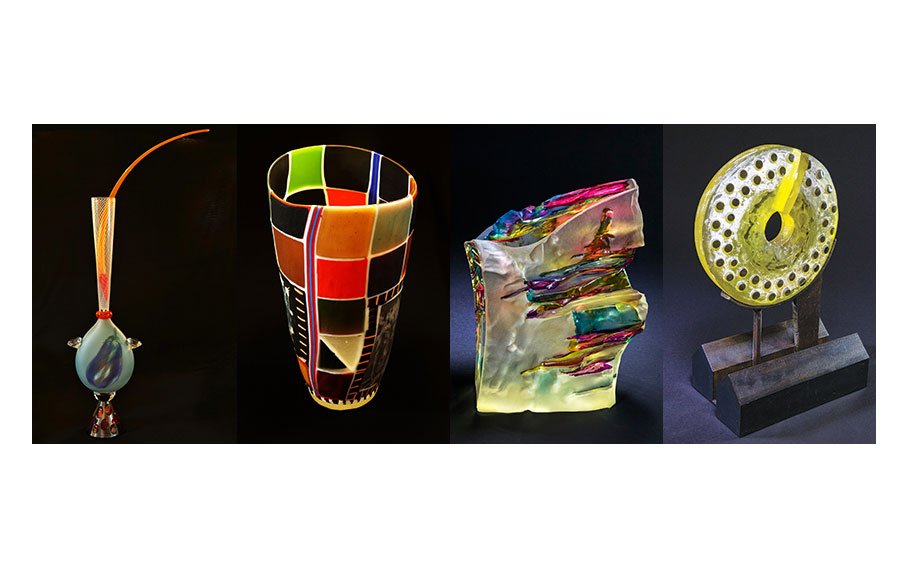The history of glass is an international story of industrial, scientific, and artistic contributions forging a magnificent diversity of achievements both functional and sculptural. Based in the technical innovations of the industrial revolution, glass developed as an art form after World War II within the fine arts programs of American colleges and universities. Artists had designed limited-production, craft glass objects via manufacturers like Tiffany, Johns-Manville, and Corning, which had the facilities to produce the works. Artist Harvey Littleton broke through that constraint when he helped design equipment and processes that individual artists could use.
The origin of the contemporary American Studio Glass movement can be pinpointed to a workshop in 1962 by Harvey Littleton and chemist Dominick Labino at the Toledo Museum of Art. After Littleton introduced his students at the University of Wisconsin to glass as an alternative sculptural medium, visual arts departments across the country began offering instruction in glass. The Rhode Island School of Design provided classes in 1969 taught by Dale Chihuly, and by the mid-1970s, glass was an established presence in many studio art programs.
The exhibition was curated by Don Desmett, independent curator and critic, with art on loan
from the Collection of the Alfred Berkowitz Gallery at the University of Michigan-Dearborn.
